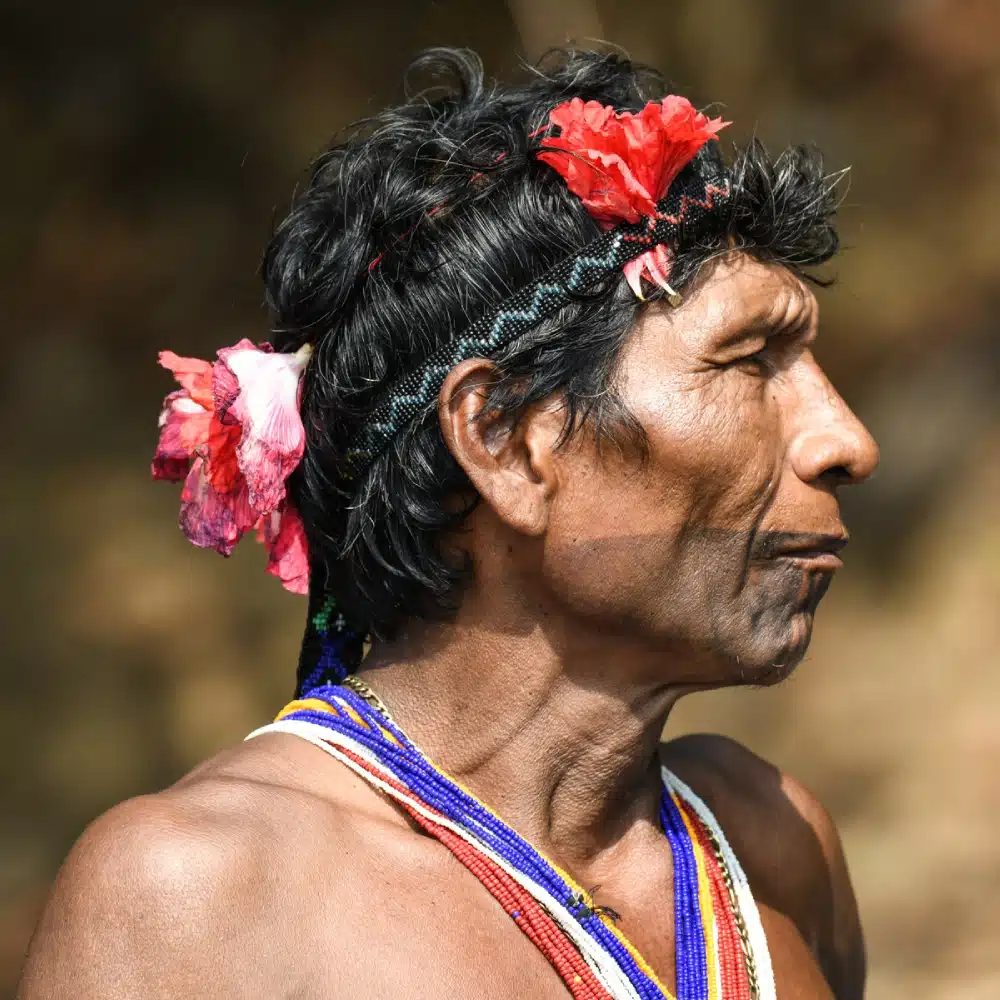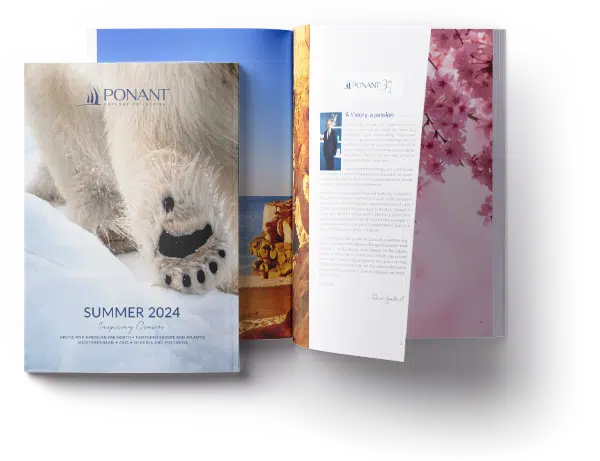The guardians of the Darién Province
Far from the clatter of the locks on the Panama Canal in the heart of the Darién jungle, another story is whispered: that of the Emberá people, who live to the unchanging rhythm of the forest and wear their culture on their skin. Margot Sib, photographer aboard PONANT ships, tells the story of an encounter.
At the gateway to Darién national park
In the early morning, the ship glides silently towards the coast. Rocky and volcanic islets pierce the motionless surface of the ocean. All around us is silence. The Darién Province is a world apart. This is where the legendary Pan-American Highway disappears, literally swallowed up by a wall of impenetrable jungle. It is in this sanctuary of biodiversity that the Emberá have preserved their culture, a world of rituals and knowledge intimately linked to the spirits of the forest. For photographer Margot Sib, this first contact was a visual and emotional shock. One thing was self-evident: “It’s another world.”
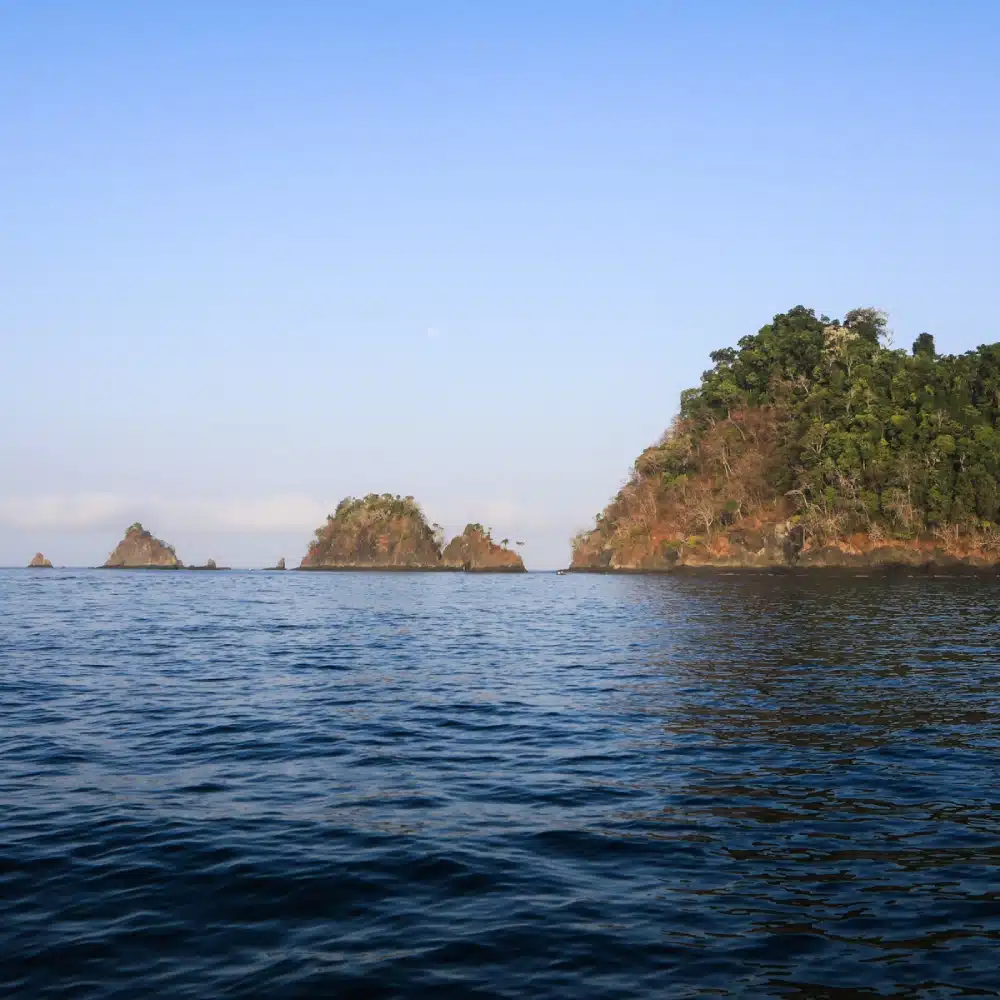
Darién national park, an unspoilt sanctuary
A land bridge between two continents, the Darién national Park is a sanctuary where the flora and fauna of North America and South America meet. This jungle barrier, the famous “Darién Gap”, interrupts the Pan-American Highway. Listed by UNESCO, it houses some unique biodiversity and the indigenous cultures that live according to ancestral rhythms and knowledge.
When the forest comes to life
The shoreline takes shape as the ship approaches a long beach of black sand backed by forest. On land, life suddenly appears. First the men from the village, their torsos bare and their bodies marked with drawings in bluish ink, quickly joined by the women and children who come forward from the edge of the wood wearing a farandole of colours: brightly patterned pareos (parumas) around their waists, and cascades of necklaces (chaquiras). Their smiles are both shy and warm. “The encounter is natural,” says Margot. “The Emberá exude a deep sincerity.”

The Emberá: the body as the mirror of the soul
Beauty is everywhere, simple and meaningful. Nestled in the women’s dark hair are flashes of scarlet in the form of freshly picked hibiscus flowers. These are more than just ornaments – the flowers express their femininity and the living link that unites them with the forest. Then the gaze is drawn to the mysterious black arabesques inked onto the skin of men and women alike. Margot would later learn that these were patterns traced in jagua ink. This silent language is like a sacred card that presents the identity of the wearer and acts as a spiritual shield against evil spirits.
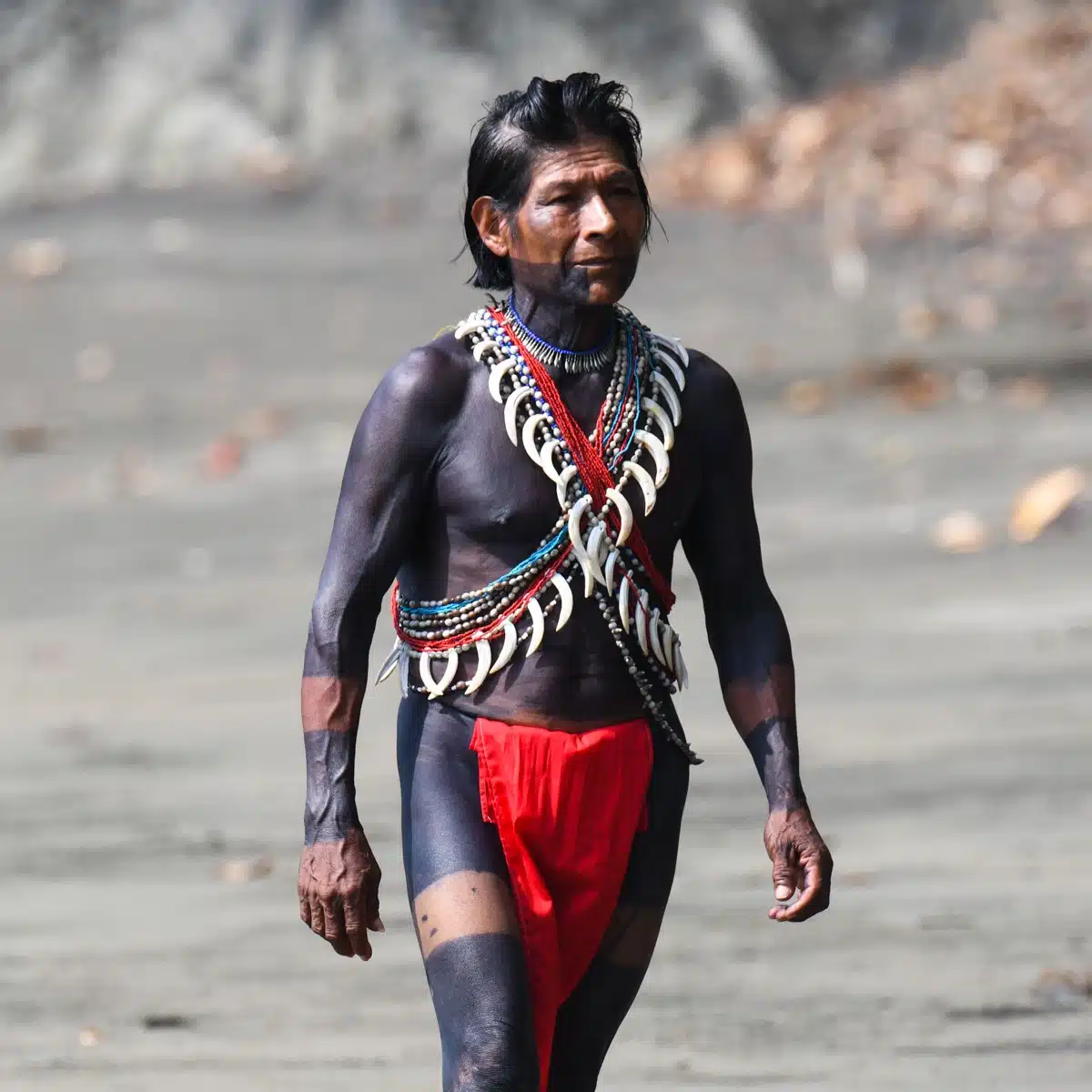
Jagua, the living ink of the forest
This body art has a name – Kipará – and it symbolises the balance between the spiritual and the earthly. The ink is made from the juice of the jagua fruit, and is applied using wooden sticks. It oxidises on contact with the skin, creating bluish-black patterns. This protective second skin, which lasts for one or two weeks, affirms the individual’s link to his or her community and to the universe.
Looks and laughter
Au milieu des enfants qui jouent et des aînés qui observent, le premier réflexe serait de saisir son appareil photo… Une erreur. Pour recevoir une vérité, il faut d’abord savoir s’effacer, laisser le temps faire son œuvre. C’est le secret de Margot Sib qui, avant de déclencher, préfère « observer la lumière, les gens… ». Elle se souvient notamment de ces « moments de bonheur partagés avec quelques fillettes », de leurs éclats de rire, insouciantes, au bord de l’eau. C’est de ces instants de pure complicité que naissent les plus belles images. Celles que l’on ne prend pas mais que l’on vous offre.
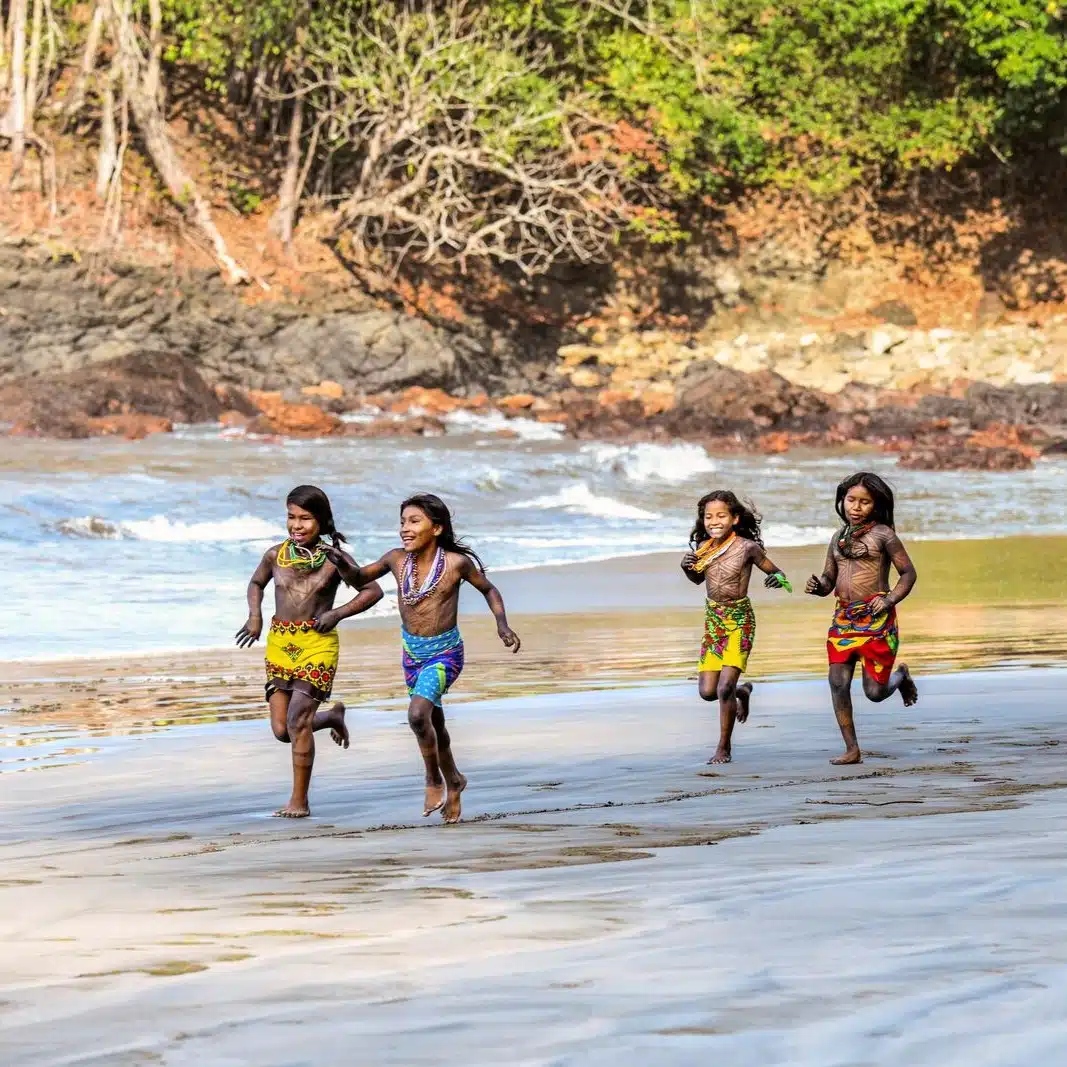

It’s the most authentic encounter I’ve ever had. I was emotionally overwhelmed and amazed by their kindness and generosity.
Margot Sib
In the heart of an Emberá village
A short sandy path leads to the heart of community life, where the women are preparing a meal. The aromas of grilled fish and plantains hang in the air. Further on is a space dedicated to rituals, where young girls perform dances in homage to nature and the jaguar, their sacred animal. At the heart of this peaceful village life is the Noko, the chief responsible for maintaining harmony in the community. Alongside him, the Jaibaná, the shaman-healer, converses with the spirits – the jai – to heal ailments and protect the community.
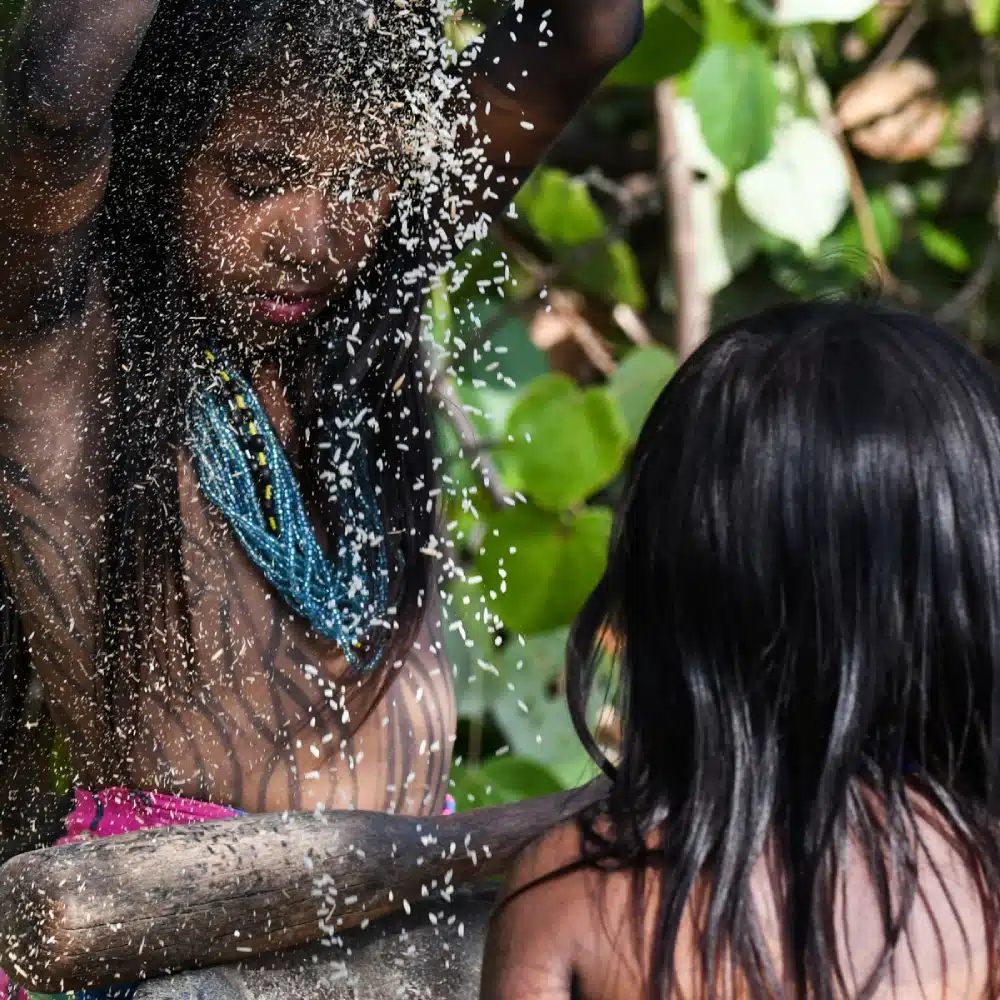
From mother to daughter
As guardians of ancestral knowledge, women are the beating heart of Emberá society. They are the primary protectors of the language, legends and rituals that they pass on to their children. It is from mother to daughter that the secrets of their craft are passed… Their mastery of braiding and body painting is a living expression of the heritage they are charged with perpetuating.
The gift of sharing
Beyond their places and rituals, it is the attitude of the Emberá that makes a lasting impression. “They’re very open-minded people,” says Margot. Far from presenting a static position to the visitor, they are genuinely proud of sharing their way of life, explaining the meaning of their body designs or the symbolism of their dances. This generosity is not feigned – it lies at the very heart of their culture.
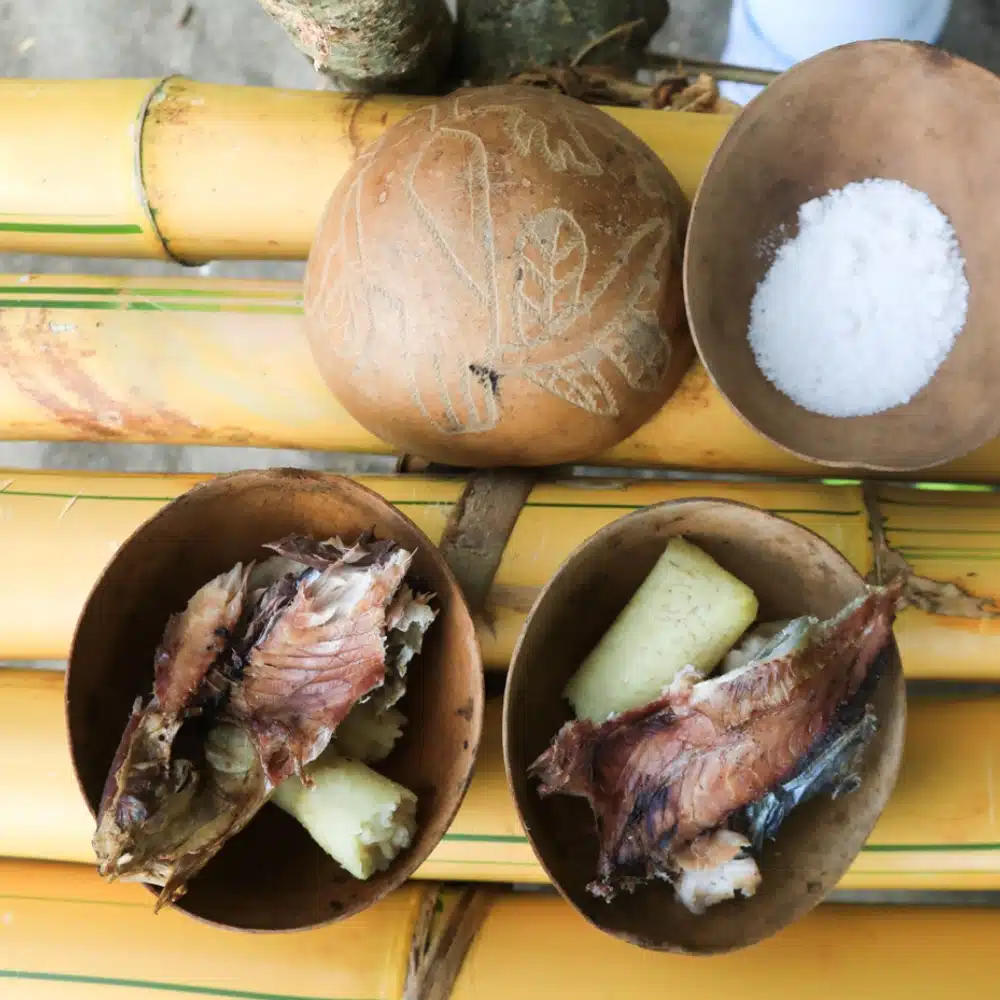
A heritage to be preserved
To preserve their natural and cultural heritage in the face of the modern world, the Emberá have opted for controlled eco-tourism. This deliberate and measured opening up to the world includes craftsmanship as one of its cornerstones, with finely woven masks, polished cocobolo wood sculptures, and small figurines in vegetable ivory all representing gateways conducive to encounters and dialogue. Because this know-how offered to visitors protects an everyday life based around contentment with what nature offers. “It’s important to witness and share this way of life!”
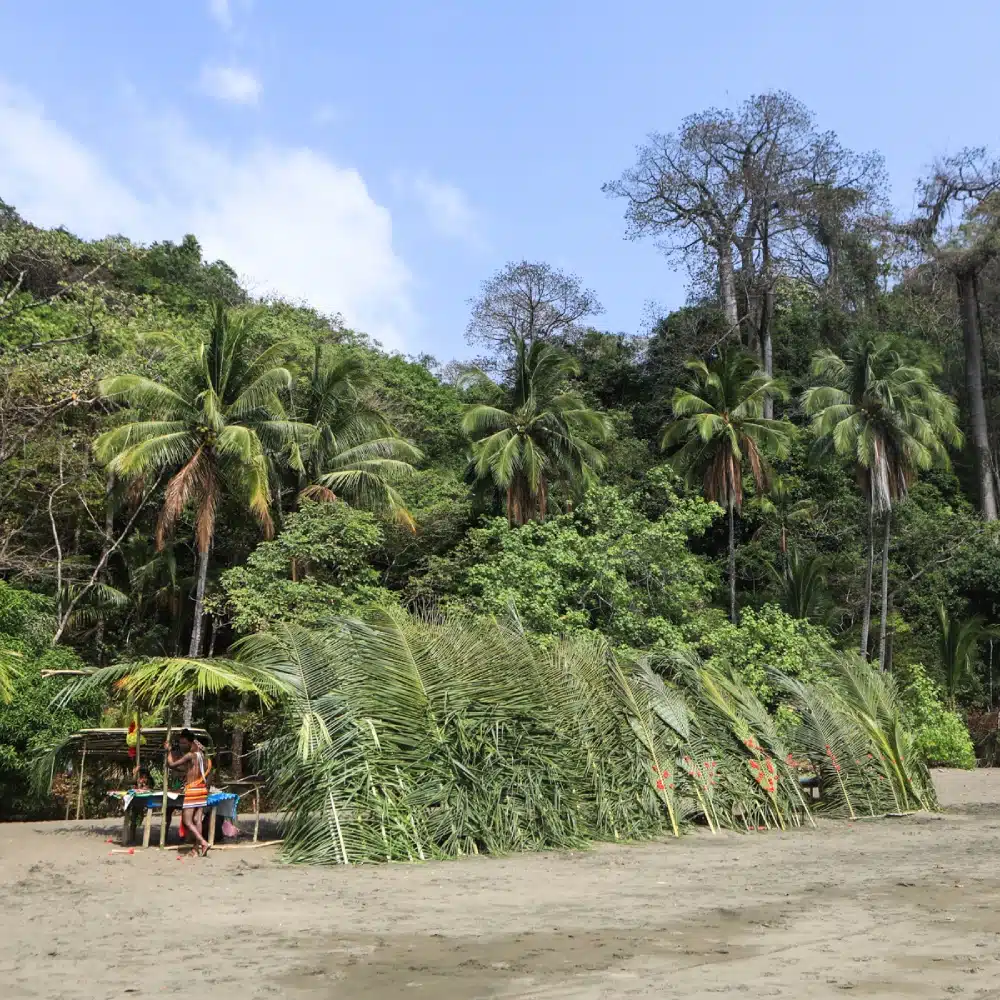
Photo credits: ©StudioPONANT-Margot Sib
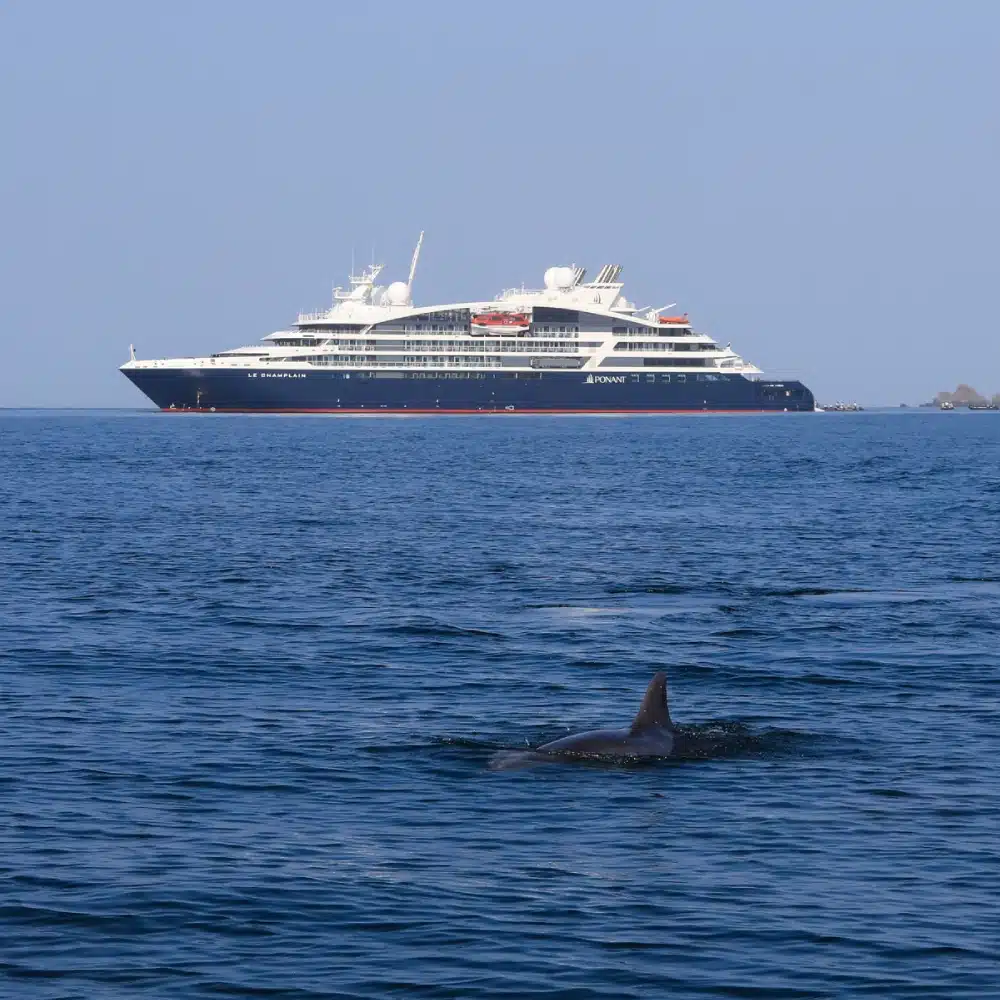
Destination Darién
Embark on a cruise to Panama with PONANT Explorations

